Close
In this video, I discuss some of the rhythmic techniques that I implement when playing solo Jazz accordion.
This is the companion video for Tritone Substitutions for Chromatic Movement. I wrote this etude, composed primarily from tritone substitutions, to illustrate the concepts described in my tritone substitution video. I’ve attached the full chart below.
In this video I describe a technique to navigate chromatic movement in the left hand of the accordion. Namely, we are going to utilize the fact that a dominant 7 sharp 11 chord in the left hand of the accordion has exactly the same notes as its tritone substitution. Before we explore this concept any further, lets review a few key concepts that you will need to use this technique.
The tritone gets its name from the fact that it encompasses three whole tones. For instance, the interval between C and F# is a tritone because there are three whole steps between those two notes (C to D, D to E, E to F#). It is also worth noting that an inverted tritone is still a tritone (C to F# and F# to C are both tritones). This fact will become important later.

Now that we know what a tritone is, we can talk about tritone substitutions. The tritone sub is actually a fairly simple idea. When you have a dominant 7th chord, you may substitute that chord for another dominant 7th chord whose root is a tritone away. This means that in the key of C, we may substitute a G7th chord for a C#7th chord. For instance, a ii-V-I progression in the key of C major is Dm7 – G7 – C∆. However, if we use a tritone substitution for our V chord, we would get Dm7- C#7 – C∆.
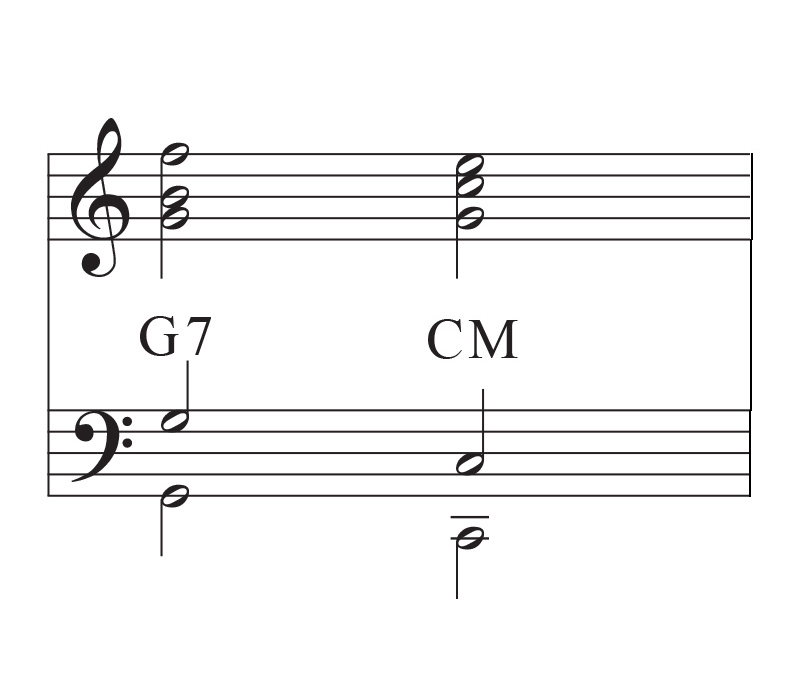
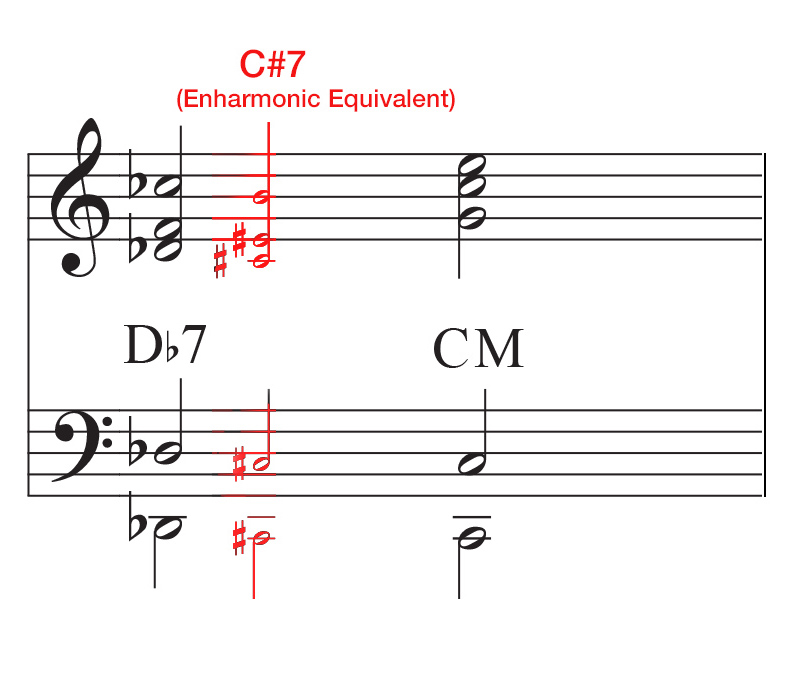
This substitution works due to some central principals in jazz harmony. Namely, the two notes that define the quality of a chord are the 3rd and the 7th. In a dominant 7th chord, there is a major 3rd and a minor 7th. It also just so happens that the interval between these two notes is a tritone. We can then recall the unique property of tritones that we mentioned above, a tritone and its inversion are the same interval. Therefore, if we apply this inversion to all the notes in our dominant 7th chord we will find that the defining notes (the 3rd and the 7th) are still present in the new chord!
While this principle can be applied on any instrument, once we add the sharp 11 to the mix, this principle becomes profoundly useful for navigating chromatic movement in the left hand of the accordion.
The last concept we are going to review is the sharp 11. To find the sharp 11, lets first find the natural 11. The natural 11 is arrived at in the same way we arrive at the rest of our numbered scale degrees: start at the root and count upward as your progress through the scale.

The sharp 11 is found by simply raising the natural 11th by one half step.

You might notice that the sharp 11 is the same note as the sharp 4 in our scale, a tritone away from our root. It just so happens that this relationship will play a role in our technique for chromatic movement.
Now that we have all the pieces lets put things together with an example. First we’ll look at a C7 chord but this time we’ll add the sharp 11 to it, like so.
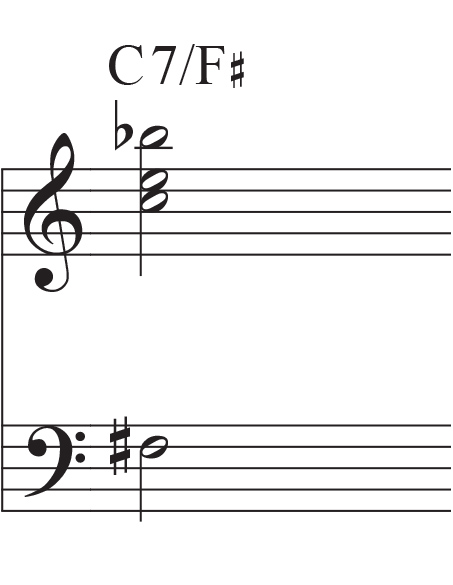
Since this is a dominant chord, we can substitute this chord for one whose root is a tritone away, F#7. You might notice right away that F# is the #11 of C, but if you didn’t know about the special properties of tritones, you might have missed that C is also the #11 of F#. In fact, if we look at how F#7#11 is spelled on the accordion:
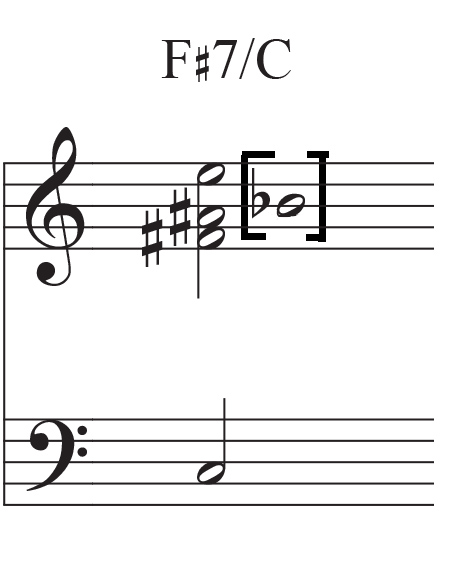
We can see that it has exactly the same notes as C7#11. Or stated another way, C7#11 and F#7#11 are the exact same chord on the accordion and may be used interchangeably. That means that if we needed to move up a half step from F, instead of going from F to F#7 #11(7 buttons away), we could go from F to C#7#11 (1 button away) to achieve the exact same chord!
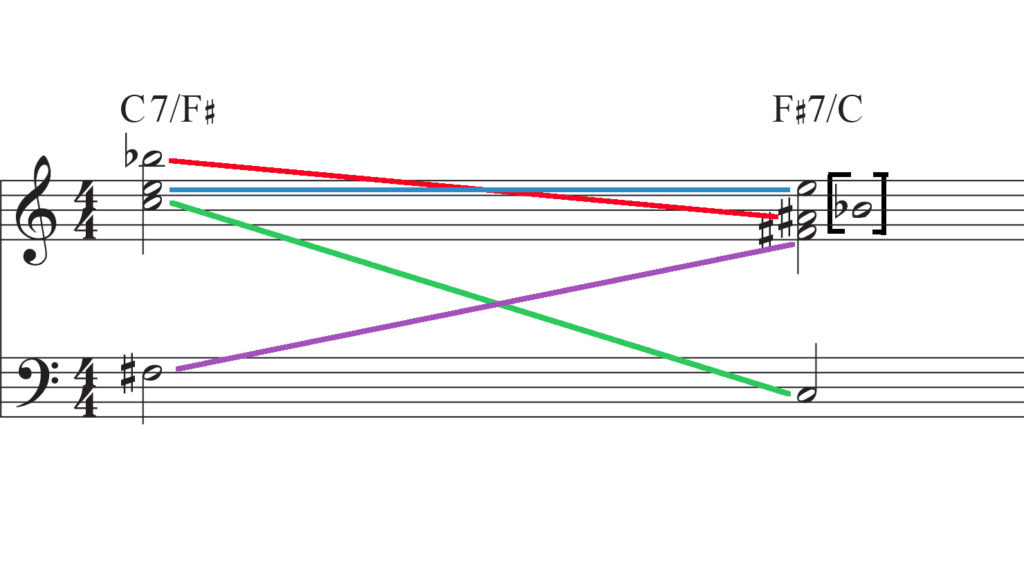
In the video, I give a demonstration of this technique in the context of the tune “Pent Up House” by Sonny Rollins. Below we have an excerpt of the tune with the standard chord changes and that same excerpt with tritone substitutions.


Another interesting property of the dominant 7 sharp 11 chord on the accordion is that if you move the chord around the circle of fifths, it sounds chromatic.
In this video, I demonstrate some of the ways that I mic the accordion and provide audio samples for each mic combination. In addition to revisiting some of my tried and true methods, I also experimented with a few techniques and mic combinations that I had never tried before. I’ll list the mic combinations below with the relevant audio samples so you can compare sounds.
* both of the B&K/AKG combinations were recorded in mid side. The combination marked “parallel” had the AKG 414 (side mic) placed such that its capsule was parallel to the direction of the grill. The combination marked “perpendicular” had the 414 placed such that its capsule was perpendicular to the direction of the grill. See the video for the exact placement of the microphones.
In the last video, Gypsy Jazz Accordion Stradella #1, we took a look at the minor 7 flat 5 chord, which is one notable example of a chord that is common in jazz, but not immediately present in the left hand of the accordion. In this video, we’re going to expand our study of jazz chords on the accordion with a few more examples.
Before we jump into our examples, I’d like to give a quick overview of the Stradella System. There is never more than three tones on a given chord button in the Stradella system. For major and minor chords, these three notes are fairly obvious: the major chord is a major triad (root, major 3rd, perfect 5th) and the minor chord is a minor triad (root, minor 3rd, perfect 5th). Our 7th chords, however, have a note omitted, the 5th. The notes on the dominant 7th chord button are the root, major third, and minor 7th and the notes of the diminished 7th chord button are the root, minor third, and diminished 7th. I’ve attached a diagram below that illustrates the Stradella system.
The Stradella System (Graphic by Necz0r / CC BY-SA)
Here is a list of some chords that we can make utilizing the voicings of the chords in the Stradella system.
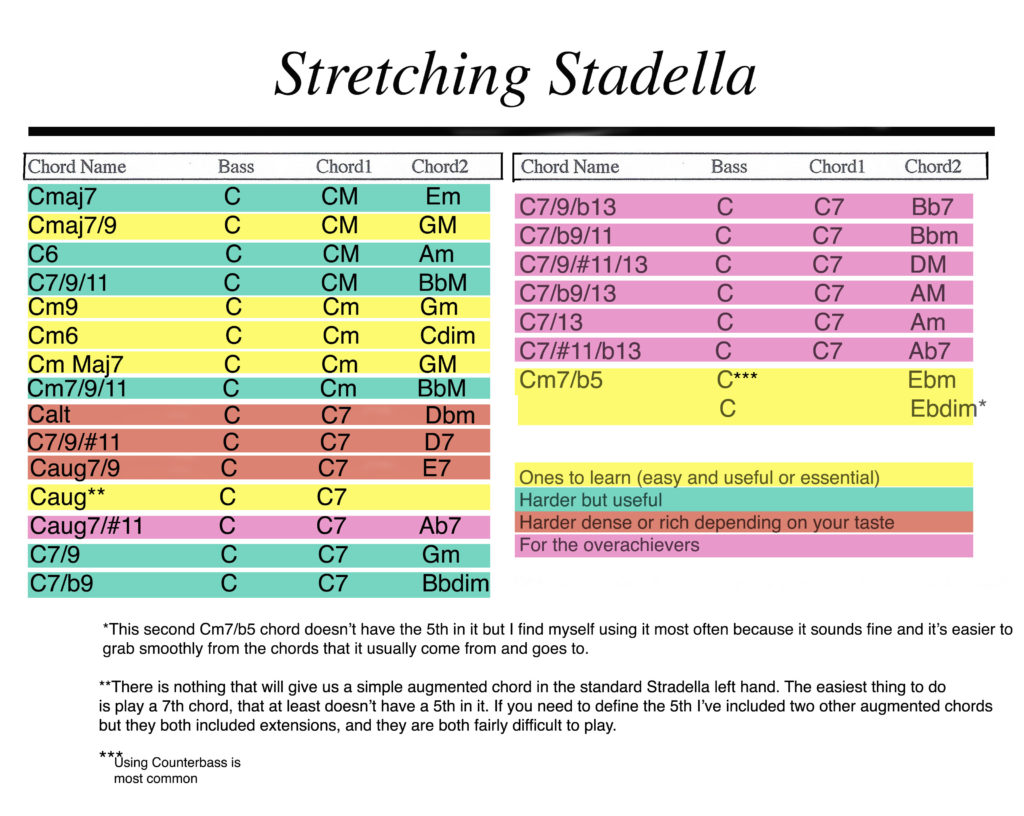
The minor 7 flat 5 chord is a staple in Jazz music, but it might not be immediately apparent as to how you would play this chord in the left hand of the accordion. In this video I describe how I play minor 7 flat 5 chords on the accordion.
The minor 7 flat 5 chord, also sometimes referred to as the half diminished chord*, is exactly as the name of the chord describes. It consists of the root, minor 3rd, diminished 5th, and minor 7th.


The minor 7 flat 5 chord has several applications in jazz, one of which is being the quality of the ii in a minor ii-V-i. It is a must know chord when playing jazz on any instrument, including the accordion.
*The minor 7 flat 5 chord and half diminished chord are sometimes considered to be completely different chords, the identity of which is dependent on the surrounding harmonic context. However, these terms are often used interchangeably and that is how we will treat them for the purpose of this lesson.
For some chords in jazz, the left hand of the accordion can get by with just the triad buttons. For instance, if a chart called for a Dm9 chord, you could get away with playing the Dm triad in the left hand of the accordion without bumping into someone playing the full Dm9 chord.

However, this is not the case for the minor 7 flat 5 chord. The minor triad would rub against the flat 5 and the diminished triad would rub against the minor 7.
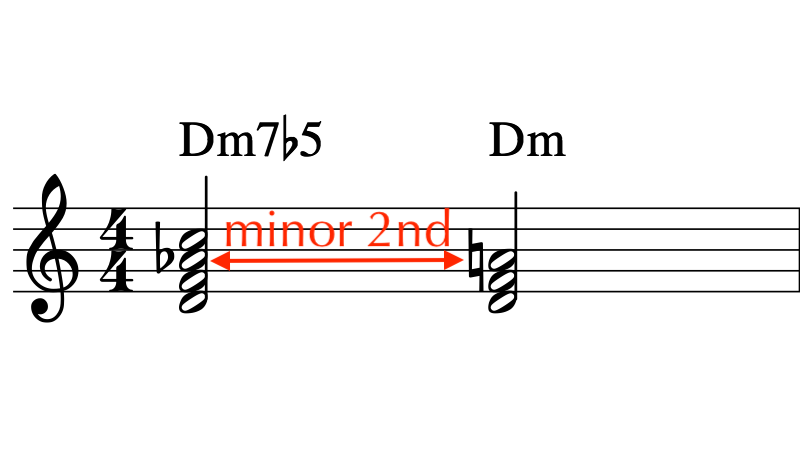

In the video, I describe one way to solve this problem, which is to play a minor chord that encompasses the top three notes of the minor 7 flat 5 chord. For instance, the top three notes of a Dm7b5 chord are F, Ab, and C, which is an Fm triad. If we then add the bass note, D, we have the entire Dm7b5 chord. The shape looks like this.

This technique is a fairly common solution to this problem and works perfectly well. It also contains all of the notes in the minor 7 flat 5 chord, which can be useful in certain situations. However, I usually use another shape for my minor 7 flat 5 chords in the left hand. That shape looks like this.

This shape is constructed with an F diminished chord with a D in the bass. One thing you might notice about this shape is that it is not a full minor 7 flat 5 chord like the previous shape was. This shape is missing the minor 7. Despite this fact, I tend to use this chord much more often than the fully voiced version. The reason for this goes back to the harmonic function of the minor 7 flat 5 chord. As we mentioned in the previous section, the minor 7 flat 5 chord is the quality of the ii in a minor ii-V-i. Since ii-V-i progressions are exceedingly common in Jazz, we may want to consider the location of our D minor 7 flat 5 shape relative to our G7 and Cm chords. Here are the same two shapes with respect to the G7 and Cm buttons (red and green respectively).


Looking at the two shapes from this perspective, its quite easy to see that the second shape has a much closer proximity to the other chords in the ii-V-i. Therefore, if you are trying to attain a greater degree of smoothness from chord to chord, this shape would be my choice.
In this video I’m going to discuss a few rhythms on the accordion that I use in a Gypsy Jazz context. First we’ll start with a fairly simple one, however, as with anything involving time, the effectiveness of this rhythm will depend on how well you can lock into the groove.

The second rhythm is slightly more complicated, but I find it to be an incredibly versatile foundation to build off of. It consists of quarter notes in the right hand and the third note of a triplet in the left hand.

In the diagram above, I only play the last triplet of beat 4, however you can move that last triplet around (for instance, on 2 and 4 instead of just 4) to give more variation to the pattern.
In this video, I talk about how to achieve a pitch bend on the accordion through the use of several left and right hand techniques.